Picking the right pendant lamp is key to setting the mood and look of your room. It's not just about what catches your eye-it's also making sure it fits well in your space. We're here to help you figure out the best size for your light fixture so that it lights up your room just right. Whether you're measuring up your living room or figuring out the hang height over your dining table, we'll guide you through the process, step by step. Let's get started on finding that perfect pendant lamp that'll make your home shine.
How to Pick the Right Size for Your Chandelier
Finding the Ideal Diameter with Room Dimensions
Choosing a chandelier that fits your room perfectly is simpler than it so unds. A tried-and-true method is to add together the length and width of your room in feet, and then convert that number into inches-that's how wide your pendant should be. So if your room is 10 feet by 12 feet, you'd look for a pendant that's around 22 inches wide.
Height Matters: Ceiling and Clearance Considerations
The ceiling height can influence how large a chandelier should be and where it should hang. For each foot of ceiling height, allow 2-3 inches of chandelier height. Therefore, a room with a 9-foot ceiling would call for a pendant lamp that's 18-27 inches tall. Remember to provide enough clearance below-typically 30-36 inches above tables and 7 feet from the floor in living or walking spaces.
Striking the Right Visual Balance
A chandelier should feel like a natural fit for the room-not too big that it overwhelms or too small that it gets lost. It's all about balance. Think about the scale of your furniture and the room. A larger room with hefty furniture can handle a bigger lamp, while a petite one pairs well with smaller pieces. The goal is to ensure your lighting feels harmonious with the space it illuminates.
How to Measure Your Space Like a Pro
Step-By-Step Guide to Measuring Room Dimensions
Measuring your room is the first step to finding the ideal pendant lamp size. Grab your tape measure, a notepad, and follow these steps:
- Measure the length of the room from wall to wall, noting it down.
- Do the same for the width of the room.
- To double-check for accuracy, measure the height of the room from floor to ceiling.
Factoring in Furniture and Usage
Your furniture plays a big part in choosing the right lamp size. Here's how you can consider it:
- If the lamp will hang above a piece of furniture like a dining table or a kitchen island, make sure its diameter is narrower than the width of the furniture by at least 12 inches. This prevents any head bumps and ensures the light won't spill over the edges too much.
- For a freestanding pendant light, think about the space it needs. You don't want it to interfere with how you move around the room.
Keeping It in Proportion
Proportion is key when lighting up your tables or islands. Follow this tip:
- Aim for your lamp to be about one-third the length of the furniture below it. So if your kitchen island is 6 feet (72 inches) long, a pendant around 24 inches wide maintains a balanced look. This keeps everything in scale and creates a focal point that's just the right size.
Shop Our Premium Lighting Collection
Explore our hand-selected bestsellers featuring crystal chandliers, pendant lights, wall scones and authentic alabaster stone:
How Shape and Style Affect Your Pendant Lamp Choice
Understanding the Impact of Different Shapes
Pendant lamps come in a multitude of shapes, and each can change how we perceive space. For instance, a spherical pendant can provide a softening effect to a room with lots of straight lines and angles, while a linear pendant lamp may complement a long dining table or kitchen island perfectly. A vertical pendant could draw the eye upward, making the ceiling appear higher. Choosing the shape that enhances your room's dynamics is essential.
Matching Pendant Style to Functionality
Consider the primary function of your lighting. Are you aiming for ambient light or do you need task lighting over a work area? Here's a quick match-up:
- For Ambient Lighting: Go for drum-shaped or globe pendants that throw light in all directions.
- For Task Lighting: Cone-shaped or bell-shaped pendants focus light downward onto specific areas.
Balancing Pendant Style with Room Decor
The style of your pendant lamp should vibe with the room's aesthetic. A vintage-style pendant could add character to a country kitchen, while a sleek metal piece might suit a modern living space. If your room has a clear theme, choose a lamp that complements it. But if your decor is eclectic, consider a statement pendant as your centerpiece. Just make sure it doesn't clash with the surrounding elements.
How to Choose the Right Light Output and Bulb
Decoding Lumens and Wattage for Proper Lighting
When it comes to lighting, brightness is measured in lumens, while wattage tells you how much energy the bulb uses. More lumens mean a brighter light; more watts mean a higher electric bill. Here's the deal:
For cozy, ambient lighting in a bedroom or living room, aim for 1,000 to 2,000 lumens.
For task lighting in a kitchen or work area, you'll want at least 3,000 lumens.
Selecting the Best Bulb Type for Your Desired Ambiance
Bulbs aren't just about brightness; they set the mood, too. Here's what you need to know:
- Incandescent Bulbs: They cast that warm, golden glow we all love, perfect for chill zones.
- LED Bulbs: These are the go-to for energy-saving, long-lasting light. Plus, they come in a range of colors from cool to warm.
- Halogen Bulbs: Think crisp, white light, ideal for tasks where clarity is key, like reading or cooking.
Keeping Energy Efficiency and Savings in Mind
Energy-efficient bulbs may cost a bit more upfront, but they can save you money in the long run. LEDs are your best bet-they use up to 90% less energy than traditional bulbs and last way longer. So not only will you be doing right by your wallet, but you'll also be kind to the planet.
How to Match a Chandelier with Your Decor
Finding the Perfect Partner for Your Interior Design
Pairing the right pendant lamp with your decor is like finding the perfect accessory to complete an outfit. Start by taking cues from the colors, textures, and metals already in your space. A room with brushed nickel finishes might call for a lamp with similar metallic touches, while a space decked out in warm wood tones could look great with a pendant that has earthy elements.
Learning from Real-Life Decor Pairings
Seeing what others have done can spark ideas for your own home. For example:
- A Modern Minimalist Space: A sleek, geometric pendant can make a statement without overpowering simple decor.
- A Rustic Farmhouse Kitchen: A pendant with distressed wood or an antique finish can enhance the cozy, lived-in feel.
- An Eclectic Living Area: Mixing old and new? Try a retro-edged pendant lamp to bridge the gap between different eras.

Deciding Between Complementary or Contrasting Looks
- Your lighting doesn't always have to match. Sometimes, a contrasting pendant can be a showstopper. Here's how to decide.
- Go Complementary if you prefer a cohesive look where every piece feels connected and part of a greater whole.
- Choose Contrast if you're looking to inject excitement and break up the monotony-think a classic chandelier in a modern room or a bright pop of color in a neutral setting.
Remember, it's all about what feels right for you and your space. There aren't strict rules, so have fun and play around until you find that sweet spot!
How to Budget and Install Your New Lighting Smartly
Setting a Budget Without Compromising on Quality
Finding the sweet spot for your budget means balancing cost with quality. First, decide how much you want to spend, then research which brands offer the best value within that range. Remember, a good pendant lamp doesn't have to empty your wallet-it's about smart choices. Look for sales, discounts, or even gently used options from reputable sources.
DIY vs. Professional Installation: Making the Smart Call
When it comes to installation, think about your comfort level with electrical work. If you're handy and understand the basics of wiring, a DIY approach could save you money. However, if the thought of messing with wires makes you nervous, hiring a pro is worth the peace of mind. Safety first!
Considering Long-Term Value: Maintenance and Durability
Long-term thinking can save you cash down the road. Check out the durability and maintenance needs before you buy:
- Durability: Choose materials known for their longevity, like solid metal over fragile glass.
- Maintenance: Consider how much work you're willing to put into cleaning. Intricate designs might look stunning but require more effort to keep dust-free.
Investing in a pendant lamp that lasts and stays looking great without constant upkeep will pay off with years of enjoyment and fewer replacements.
Light Up Your Space with the Perfect Pendant
Keep it simple: snag a pendant that looks fab, fits just right, lights up your life (literally), and won't bust your budget. Think about what vibe you're going for, grab your tape measure, and dive into those lumens and watts to get the brightness down pat. Whether you're all about DIY or prefer to call in the pros for the setup, you've got this. And hey, make sure you pick something sturdy that's easy to keep spick-and-span. Ready to bring some sparkle to your space? Go find that dream pendant, and make your room shine its brightest.

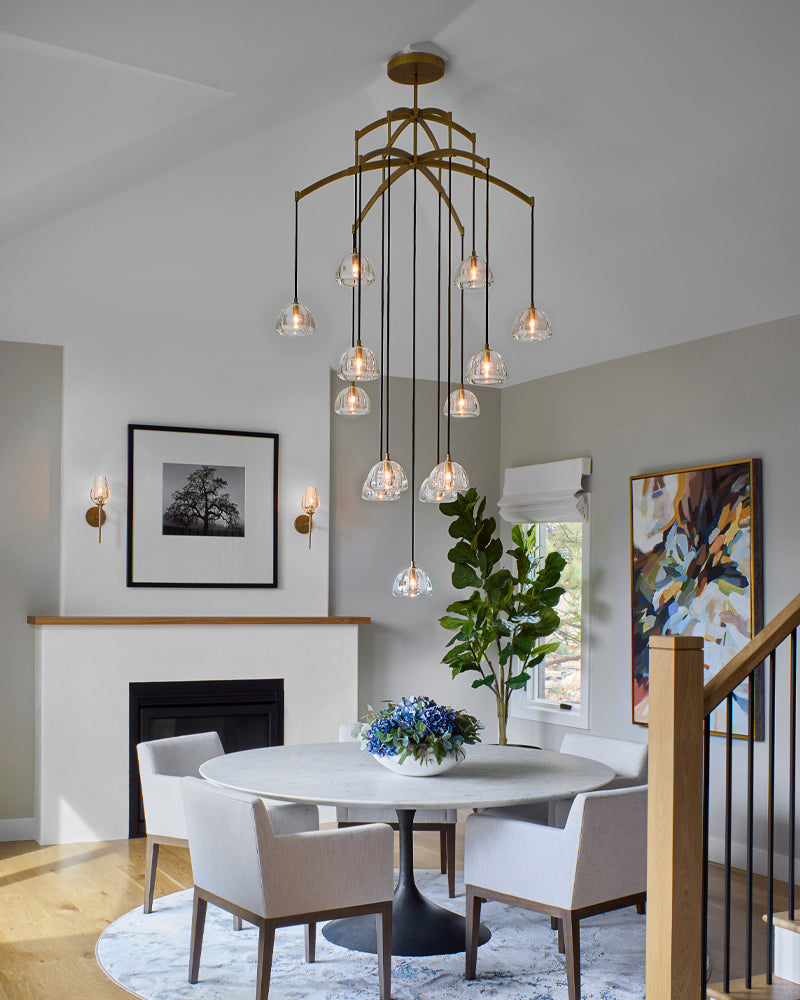
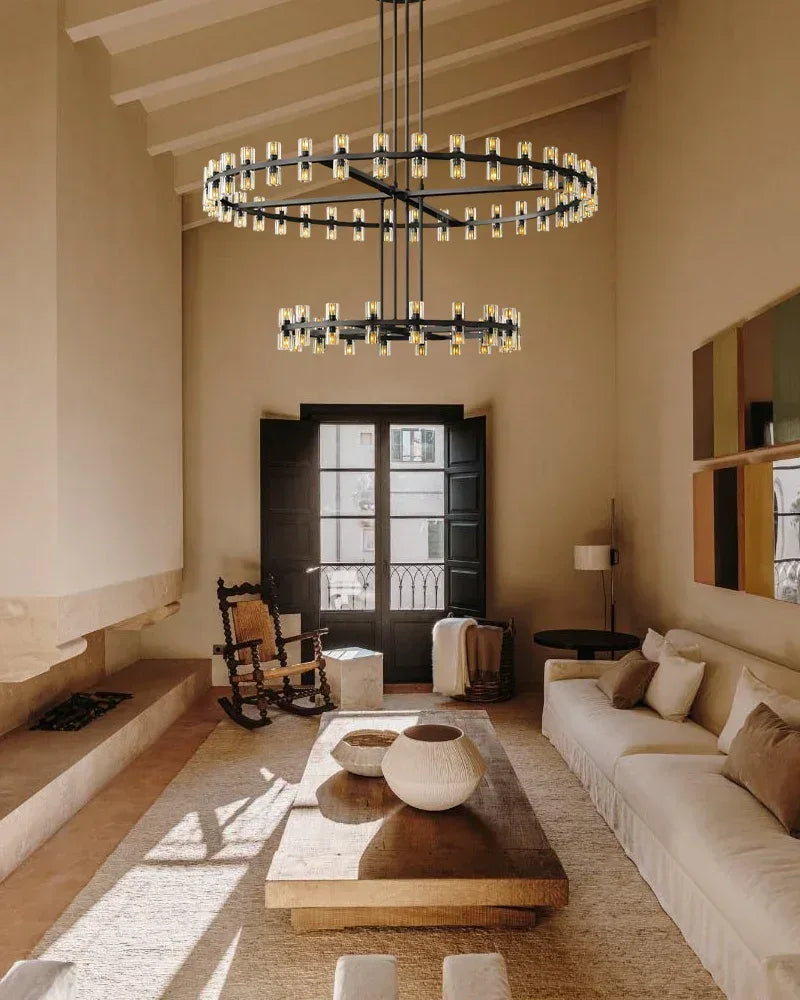
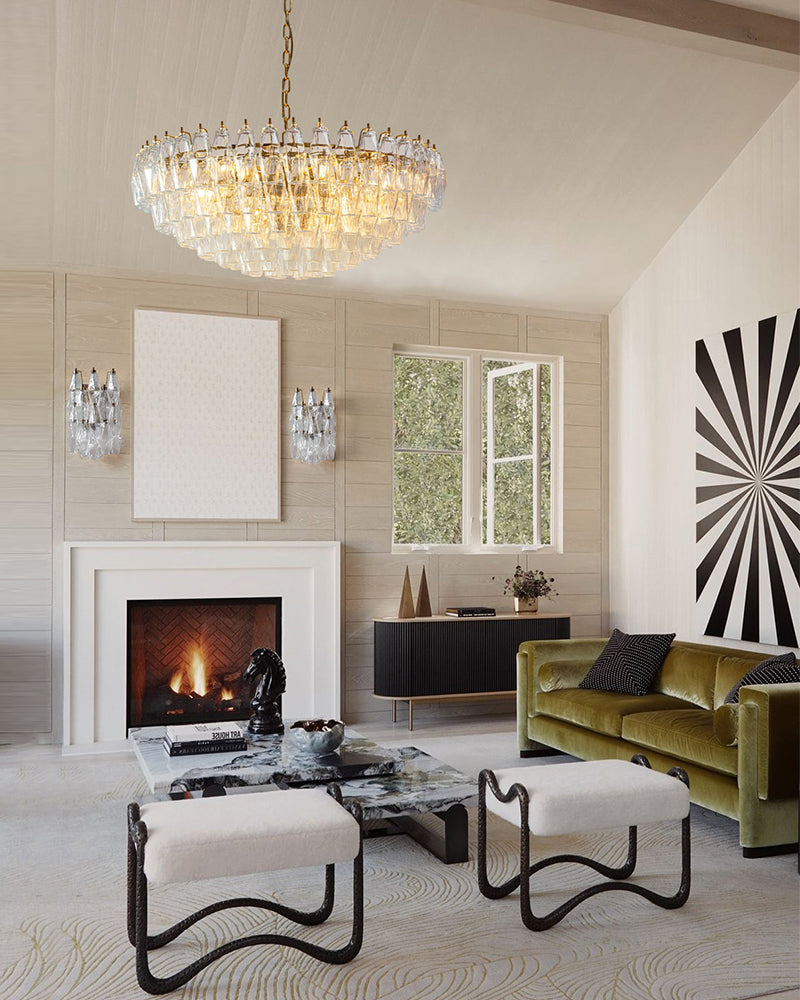
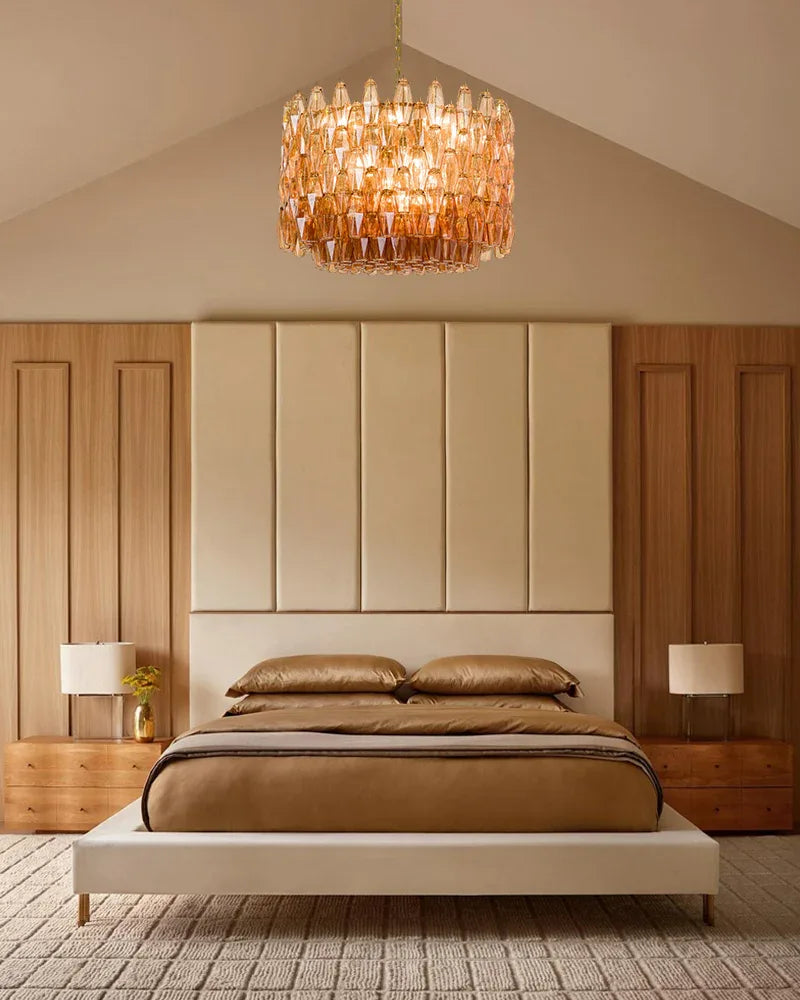
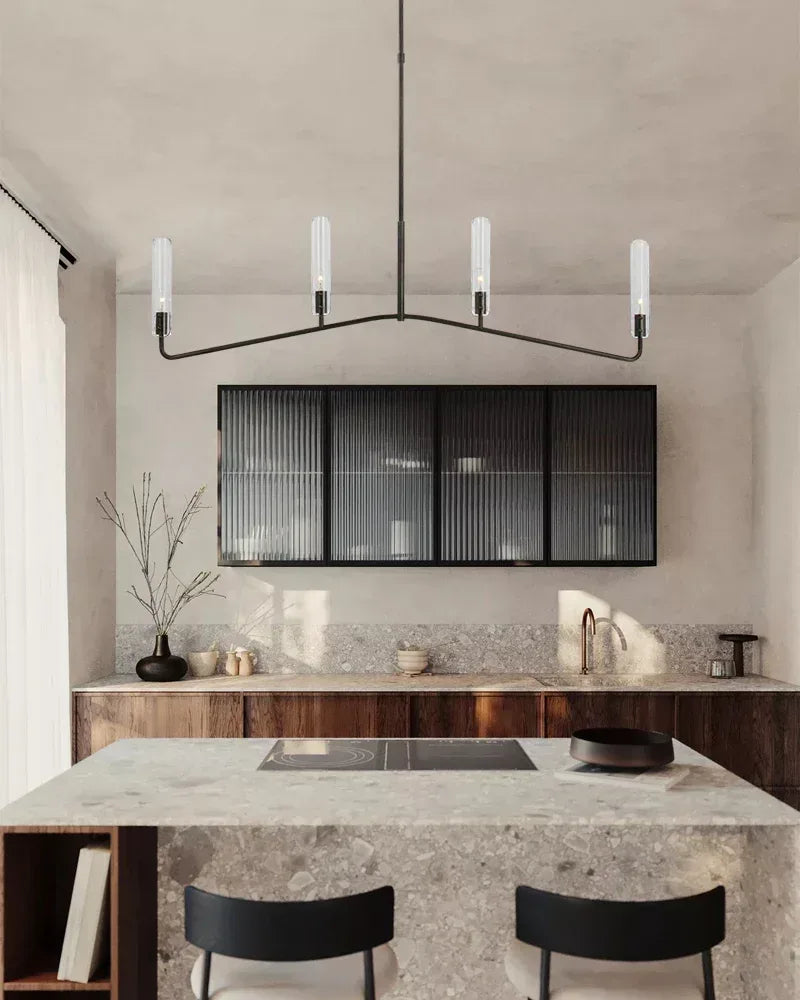
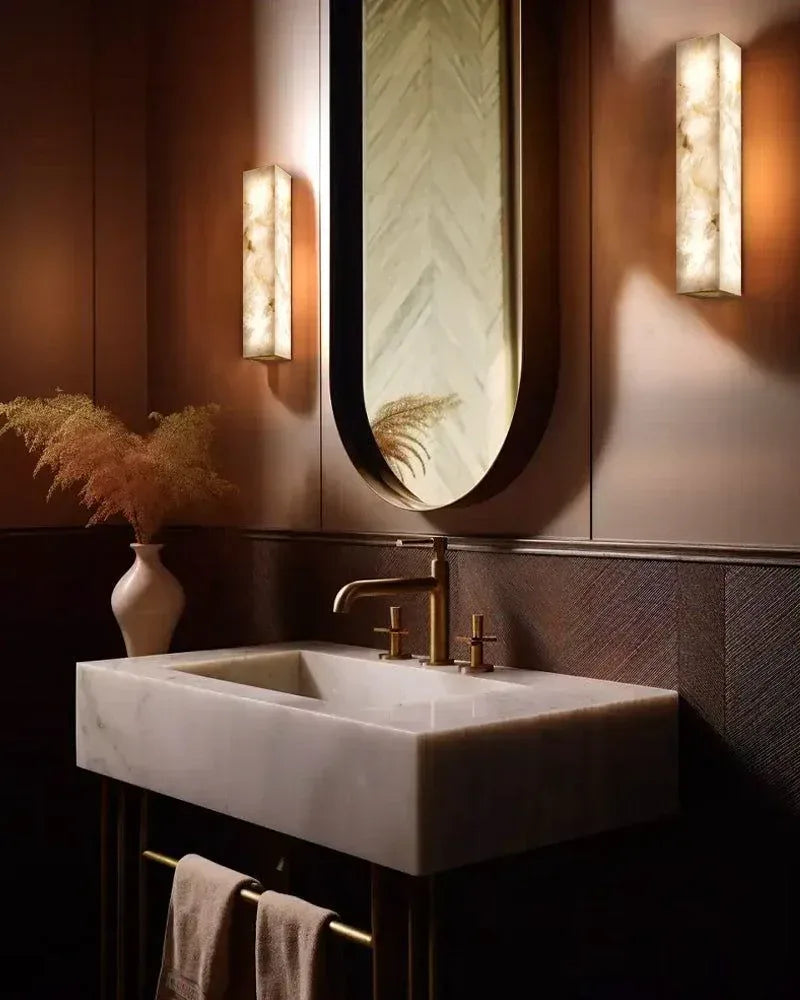
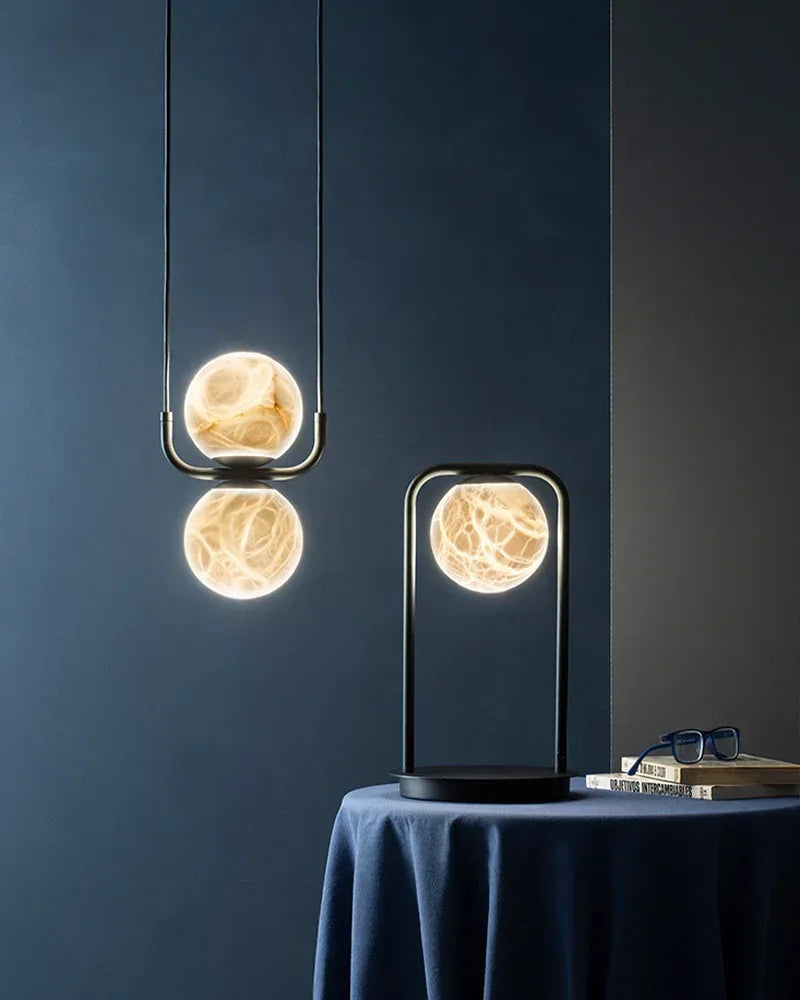
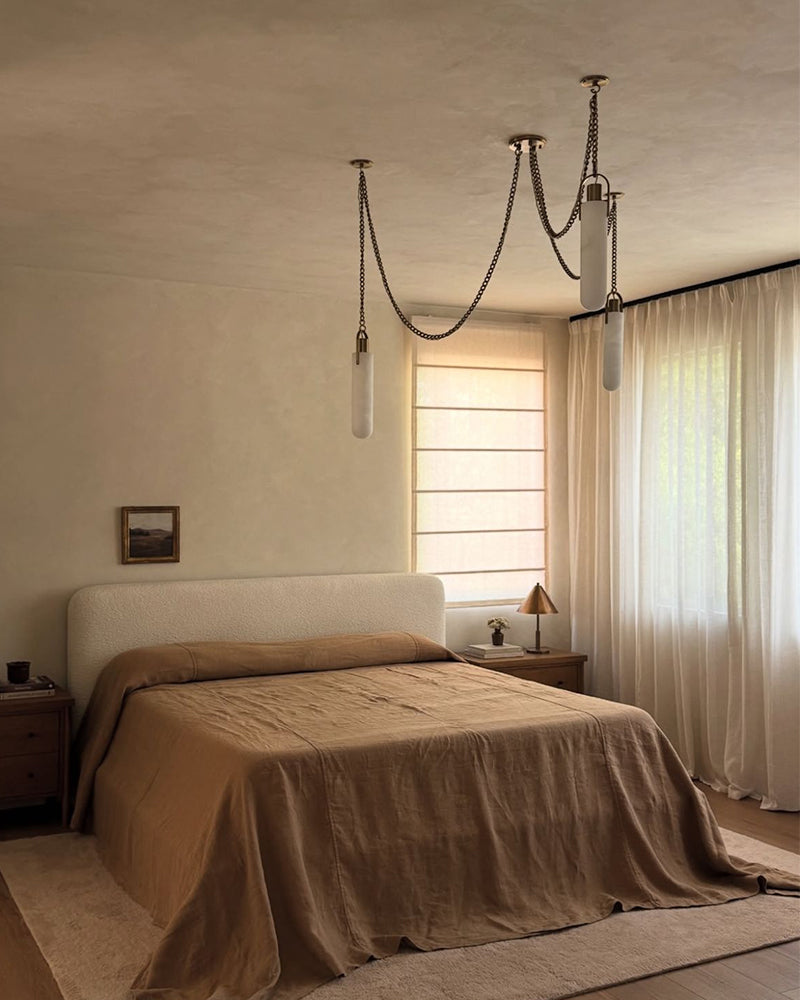
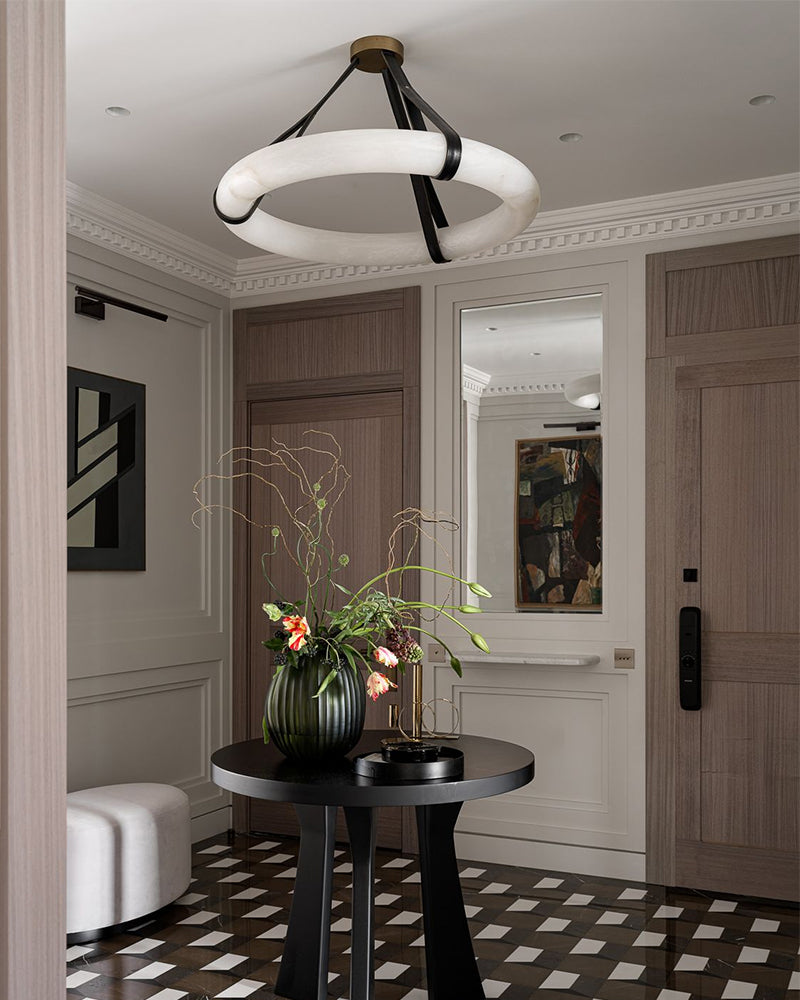

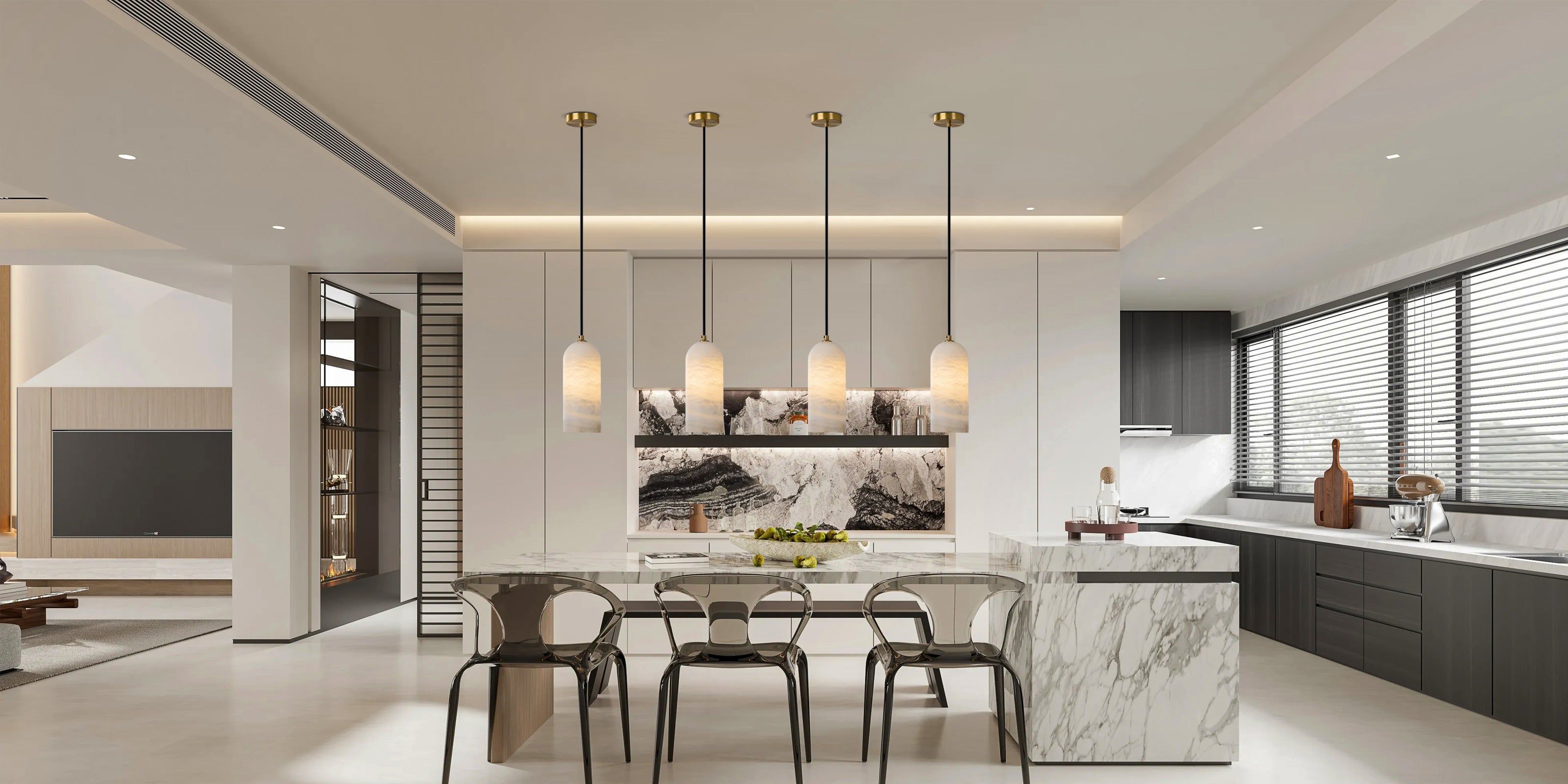
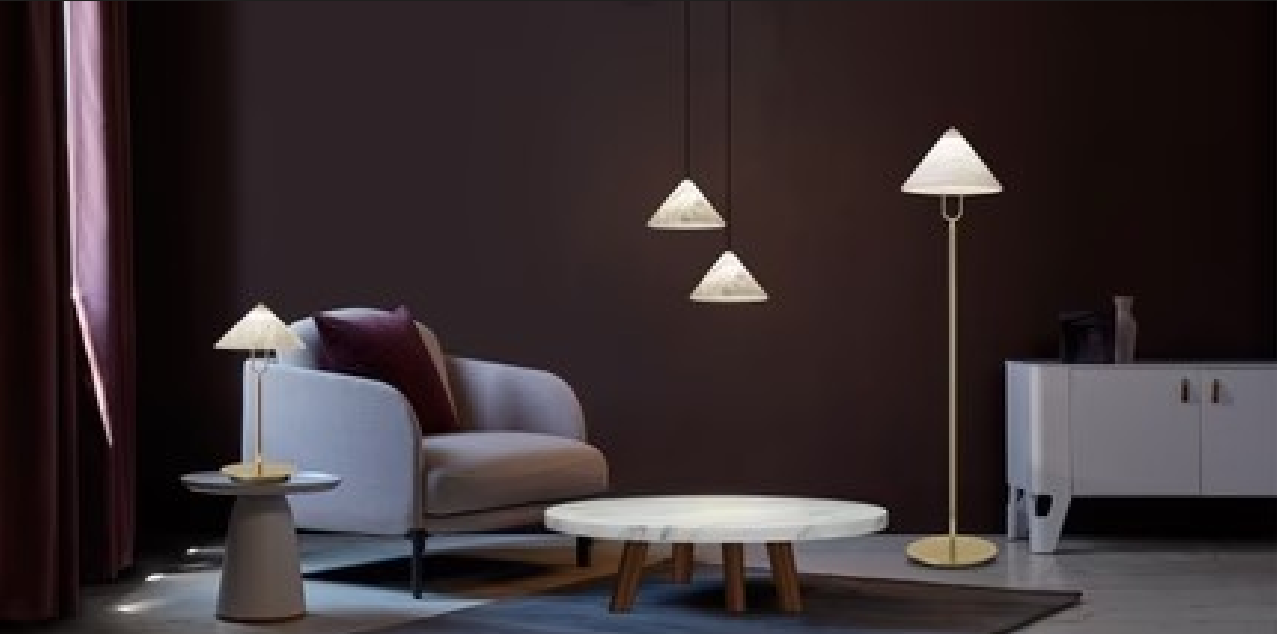
Leave a comment
This site is protected by hCaptcha and the hCaptcha Privacy Policy and Terms of Service apply.